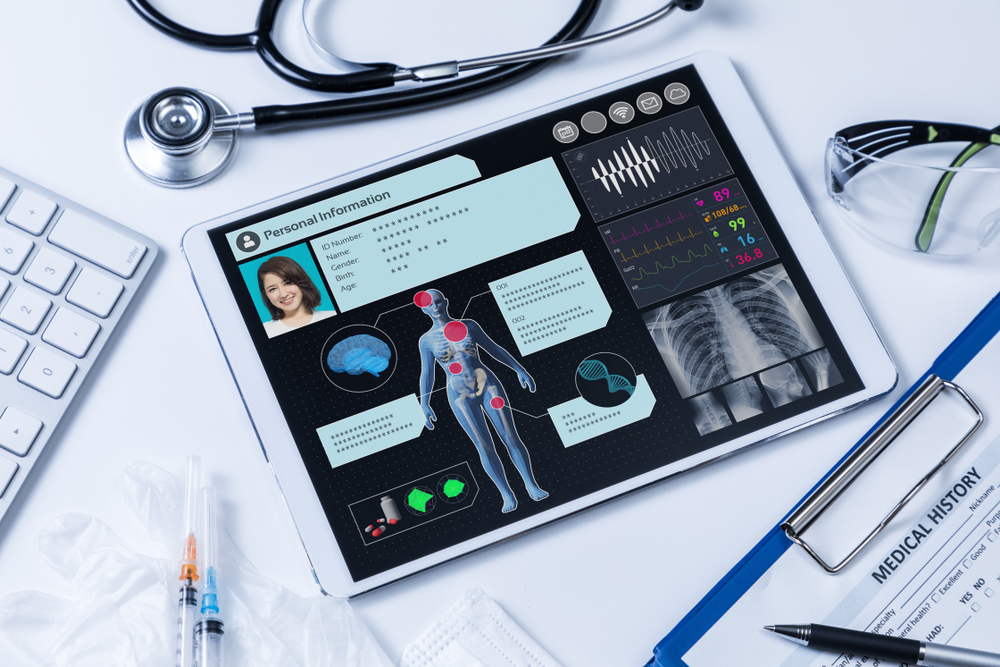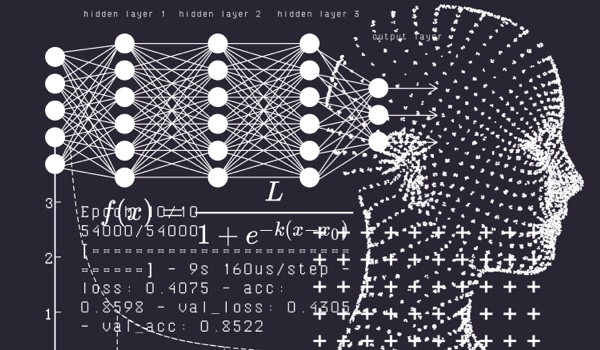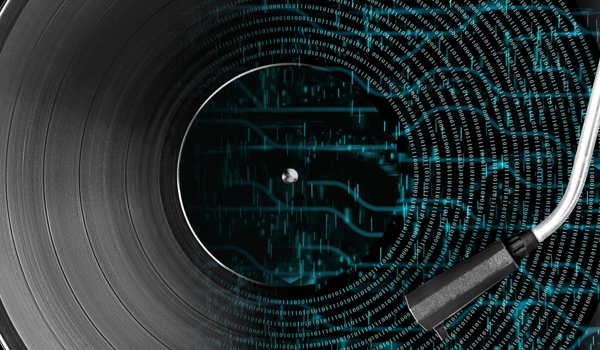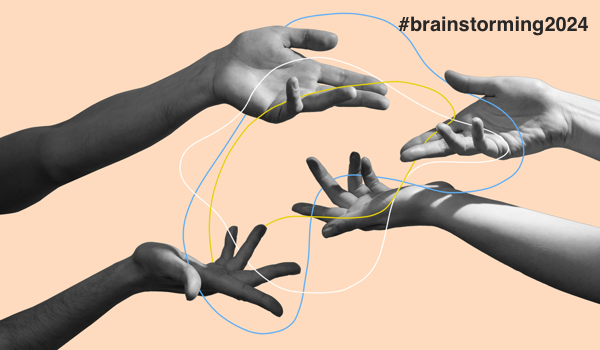


GREATER CHATTANOOGA - Electronic health records (EHRs) contain a diverse array of structured and unstructured data which can be used in research requiring real world data (RWD), but most data is unstructured. Different types of RWD also derive from EHRs. Some is pre-extracted, meaning select EHR data is captured and entered into repositories like disease or product registers.
Data of this kind can have limitations, being only a subset of all that are available, and may not contain all variables needed to yield correct conclusions.
The other type of EHR data is complete patient medical histories that contain both structured and unstructured data. Structured data consists of laboratory values such as white blood cell (WBC) counts and A1C (a blood test for type 2 diabetes and prediabetes, which measures average blood glucose or blood sugar levels over the preceding three months.) Unstructured data comprises surgical and procedure reports, progress notes, and imaging, and pathology, which are usually compiled by treating physicians.
Surgical and procedure reports hold details of surgeries or diagnoses, devices implanted, and observations and for inpatient and outpatient procedures like knee arthroplasties, colonoscopies and other common gastroenterology procedures.
Progress notes summarize a patient’s visit with a primary care provider or specialist and furnish a list of current diagnoses. Common components include the chief complaint or primary reason for a visit, review of body systems, treatment plans, new or renewed prescriptions, results of any diagnostic tests ordered, orders for tests, family medical history, and social determinants of health (SDOH). For some medical conditions such as autoimmune conditions, these notes can also contain patient reported outcomes (PROs).
Feeling Feedback
 Continue with Linkedin
Continue with Linkedin
 Continue with Google
Continue with Google








 2208 views
2208 views









